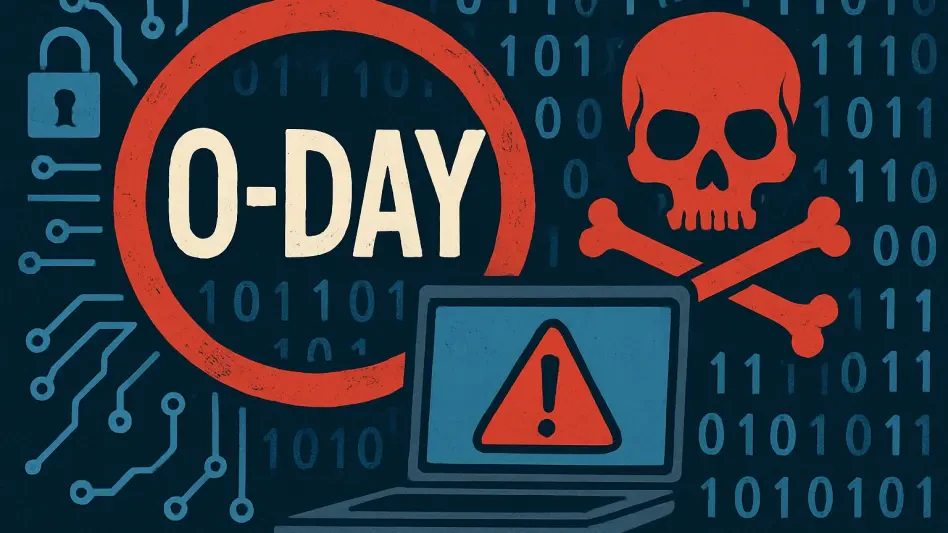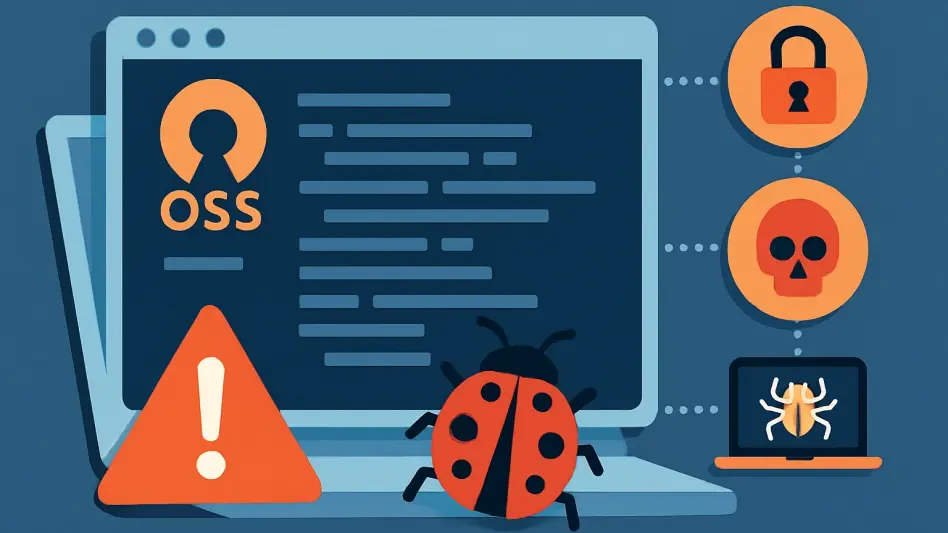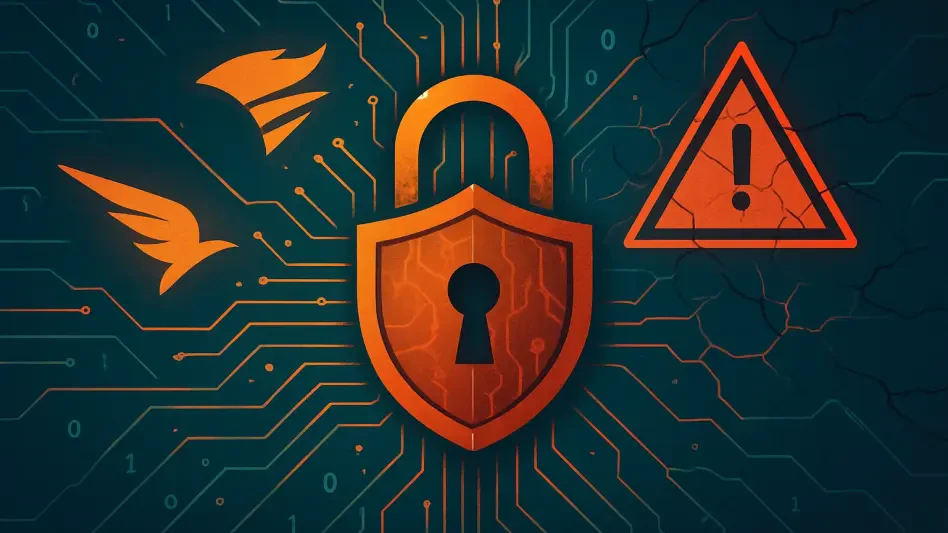This week, SOCRadar’s Dark Web Team uncovered various cybercriminal activities, revealing the ever-evolving tactics employed by threat actors. The key discoveries encompass a range of threats targeting financial institutions, corporate entities, and infrastructure systems. The new methods exposed represent a significant escalation of sophistication and organization in the realm of cybercrime.
New Illicit Services for Bank Login Logs
Phishing Campaigns for Credential Harvesting
Cybercriminals have increasingly relied on phishing campaigns to obtain bank account credentials, which has become a lucrative method due to the sheer volume of compromised data they can collect. Threat actors provide services that offer bank logins, email access, and session cookies obtained through sophisticated phishing schemes targeting online banking users. These compromised credentials are subsequently utilized for unauthorized financial activities such as credit card top-ups, transferring funds, or making high-value purchases. The phishing campaigns are meticulously designed to mimic legitimate financial institutions, thereby tricking victims into providing their sensitive information unwittingly.
The effectiveness of phishing campaigns is evident in the logs and session cookies acquired in bulk, using highly automated spamming techniques. These logs are often sold through encrypted messaging platforms on the dark web to maintain anonymity and evade detection. Transactions are conducted using cryptocurrency, which further complicates efforts to trace the perpetrators. Several high-profile financial institutions, including Barclays, Lloyds Bank, NatWest, HSBC, and Santander UK, have been identified among the most targeted. The actors in these schemes also offer pre-order services for specific banks and balances, demonstrating the professionalization and business-minded nature of these cybercriminal enterprises.
Selling Stolen Data in Bulk
The sale of stolen data in bulk has become a thriving underground industry, enabling cybercriminals to maximize their profits. The credentials harvested through phishing campaigns are packaged and sold in large quantities to eager buyers who seek to exploit the information for various malicious purposes. The bulk sale approach allows hackers to distribute the risks and profits across a wide network of cybercriminals, making it a more sustainable model.
By conducting sales through encrypted messaging platforms and cryptocurrencies, cybercriminals effectively obscure their activities from law enforcement. Moreover, offering data from high-profile financial institutions entices a broader clientele, while pre-order options indicate a high degree of customer service within these illicit markets. Financial institutions face a substantial threat from such organized schemes, as the bulk sale of compromised credentials can lead to massive breaches and financial losses for their customers. The continuous demand for these services underscores the escalating challenge that banks and other financial entities must address to safeguard their clients’ information and assets.
Zero-Day Exploits for Remote Code Execution
Targeting TP-Link Routers
Another alarming discovery involves a zero-day Remote Code Execution (RCE) exploit targeting TP-Link routers, demonstrating how cybercriminals are continually advancing their techniques. This exploit, which permits unauthorized remote access and network propagation, is highly concerning as it can be used to establish AES-256 encrypted backdoors. These backdoors provide persistent access to the compromised networks, allowing cybercriminals to gain a foothold and exfiltrate sensitive data over an extended period. The threat actors behind this exploit employ advanced tactics to inject RCE through vulnerabilities, posing a significant risk to both individual users and corporate networks.
The zero-day exploit’s sophistication is further evidenced by its capability to disable firewall protections and extract router credentials. Cybercriminals leverage these vulnerabilities to create a thorough network compromise, subsequently scanning local networks for additional vectors of attack. The exploit is marketed at various price points depending on the package, with basic scripts sold for $1,000 and full packages with support priced at $2,000. The commercial nature of the sale, complete with video demonstrations and private contact options via messaging platforms, highlights the professional standard that cybercriminals aim to achieve and maintain in their dealings.
LuCI Vulnerability Exploitation
The exploitation of the LuCI vulnerability is a prime example of how cybercriminals manipulate software weaknesses to their advantage. This specific vulnerability allows malicious actors to inject RCE, disable security measures, and covertly access and steal any data traversing the compromised network. The threat actors take full advantage of this loophole to establish a persistent presence within the affected systems, using the extracted router credentials to further infiltrate connected devices. This approach not only amplifies their reach but also the potential damage inflicted upon the targeted networks.
The exploit’s commercial availability indicates a highly organized sector of cybercrime, with a clear monetization strategy. By offering different tiers of their exploit packages, cybercriminals cater to varying expertise and resource levels among potential buyers. This business-oriented model of selling exploits in the cyber underground signifies a strategic evolution from ad-hoc hacking attempts to systematically exploiting vulnerabilities for continuous profit. The broad implications of such an exploit include significant disruptions in personal and corporate activities, showcasing the urgent need for robust cybersecurity measures and timely patching of known vulnerabilities to mitigate these sophisticated threats.
Significant Corporate Data Leaks
Wizz Air Data Breach
A significant data leak involving Wizz Air has raised concerns over the protection of corporate information against cybercriminal activities. This breach, which saw over 5GB of sensitive documents compromised, demonstrates the broad scope of data that can be targeted and exfiltrated. The leaked dataset from Wizz Air Holdings Plc. and its subsidiaries—Wizz Air Hungary, Wizz Air Malta, Wizz Air Abu Dhabi, and Wizz Air UK—includes critical corporate, regulatory, and operational documents. This information could be utilized for various illegitimate purposes such as corporate espionage, financial fraud, and identity theft.
The hacker responsible for this breach shared samples of the documents to verify the authenticity of their claim but did not reveal the exact method of data acquisition, leaving a lot of speculation about how the breach was executed. The exposure of financial records, certificates, fleet information, and operational licenses among the leaked documents underscores the severe implications such breaches have on corporate entities. Each leak deals a blow to the company’s operational integrity and erodes trust among stakeholders, potentially resulting in significant financial losses and long-term reputational damage.
Impact on Corporate Entities
The impact of such data breaches on corporate entities is multifaceted, extending beyond immediate financial losses to long-term effects on trust and market confidence. Sensitive information intercepted and leaked by cybercriminals can be used to gain a competitive advantage, manipulate stock prices, or orchestrate further attacks. Regulatory penalties arising from data protection violations can exacerbate the financial toll on the affected companies, highlighting the critical importance of adherence to stringent cybersecurity protocols and compliance standards.
Organizations must recognize that corporate data breaches aren’t just IT issues; they are strategic business risks requiring comprehensive risk management frameworks. The potential for regulatory scrutiny, customer backlash, and loss of proprietary data mandates a proactive approach to cybersecurity. Companies should invest in advanced security technologies, regular training for employees on data protection practices, and rapid incident response plans to mitigate the damage from potential breaches. The intricate tactics deployed by cybercriminals demand an equally nuanced and robust defense strategy to protect valuable corporate assets and maintain organizational resilience.
Emerging D2C Cash-Out Fraud Schemes
Exploiting Financial Platforms
A new direct-to-consumer (D2C) cash-out service has surfaced, exploiting financial platforms like Square, Chime, MoneyLion, and VARO to perform unauthorized withdrawals. The rise of this service indicates a sophisticated level of planning and execution by cybercriminals, enabling them to execute high-volume operations resulting in instant payouts. These services disguise fraudulent transactions as legitimate bank payments, making it challenging for standard anti-fraud mechanisms to detect and intercept these activities. The lucrative nature of these schemes has emboldened cybercriminals, who boast of having exfiltrated over $1,000,000 through Square transactions alone.
The operational intricacies of the D2C cash-out services are noteworthy. Cybercriminals use pre-configured point of sale (POS) terminals, multiple merchant IDs, and proprietary payment processing gateways tailored to mask their fraudulent activities as legitimate transactions. This elaborate setup enhances their chances of evading detection, allowing them to maintain a high success rate. Virtual credit cards (VCCs) are accepted in these schemes, offering a payout rate of up to 88%, further showcasing the profitability and attractiveness of such operations to cybercriminals. The 24/7 availability of the service, facilitated via Telegram, emphasizes the operational readiness and customer service-like approach adopted by these fraudsters.
Sophisticated Payment Processing
This week, SOCRadar’s Dark Web Team made significant strides in uncovering various activities taking place in the shadowy world of cybercrime. Their findings shed light on the ever-changing tactics used by threat actors who are continually refining and advancing their techniques. The critical discoveries point to a wide array of threats now being directed at financial institutions, major corporations, and critical infrastructure systems. These newly revealed methods signify a notable increase in both the sophistication and the level of organization within the cybercrime community. This escalation indicates that cybercriminals are becoming more coordinated and more strategic in their operations, making it increasingly challenging for security professionals to stay ahead of the game. The encompassing range of threats highlighted by SOCRadar underscores the urgent need for enhanced cybersecurity measures and more robust defense mechanisms across all sectors. It’s an ongoing battle that requires constant vigilance and adaptation to mitigate the risks posed by these increasingly complex cyber threats.







